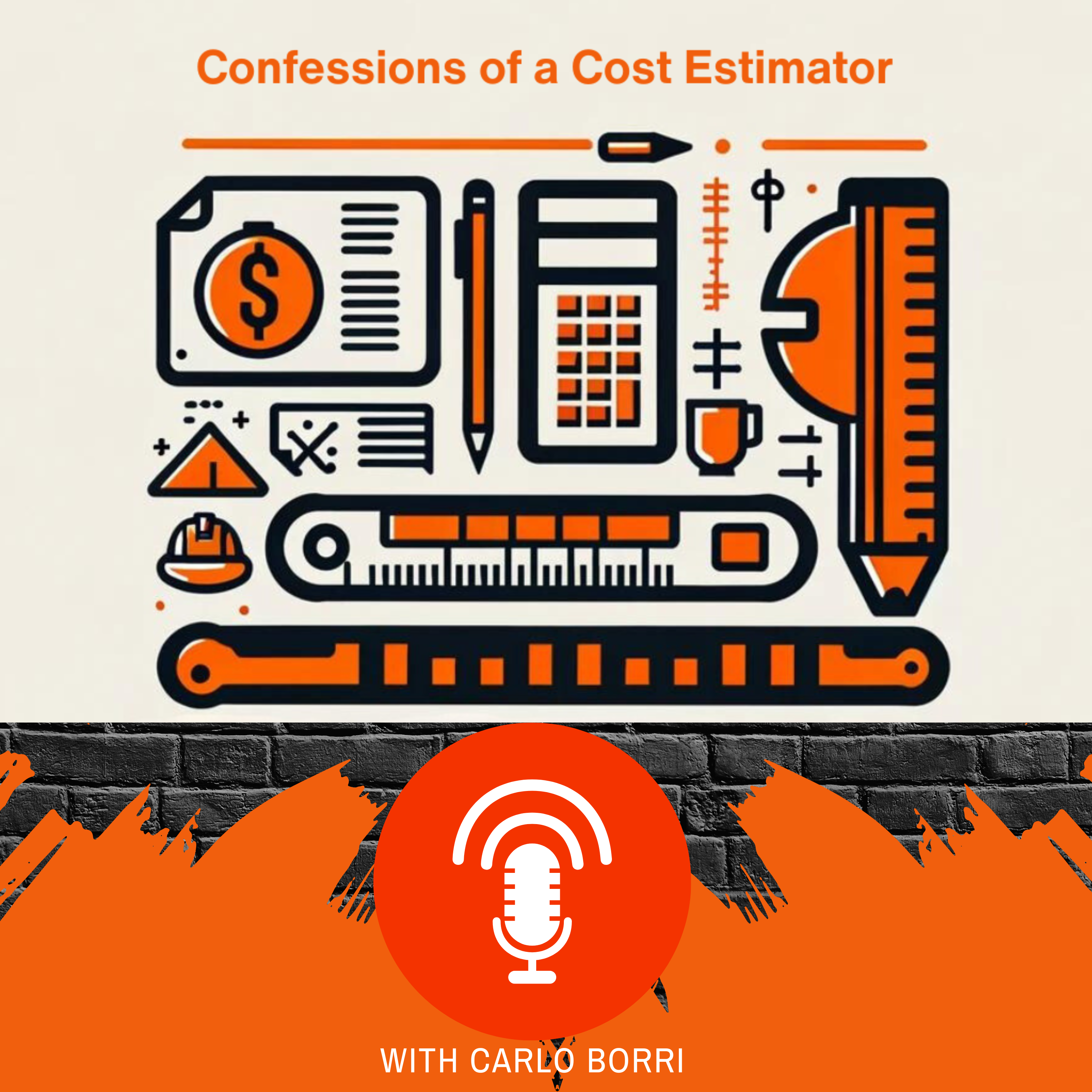All right, infrastructure enthusiasts, let’s delve into the real magic of construction – not the kind you see on a Vegas stage, but the kind that happens on a bustling construction site! Projects Under Budget = Utopia!


As cost estimators, we play a crucial role in this magic. We often feel like the audience, both bewildered and slightly suspicious, as project managers seemingly pull rabbits (or, more accurately, budget solutions) out of their hard hats. But before we break out the accusations of smoke and mirrors, let’s delve into the illusion of keeping projects under budget:
- The Optimism Bias: Stakeholders often envision the best-case scenario, pushing for ambitious features with unwavering belief in their financial feasibility. It’s a noble aspiration, but budgets, unlike skilled magicians, need endless resources to pull from.
- The Scope Creep Sleight of Hand: Project requirements can multiply faster than a magician’s doves. What starts as a minor adjustment can morph into a significant cost change, leaving the budget feeling like it’s been sawed in half and miraculously put back together (not quite whole, mind you).
- The Unforeseen Factor: Construction projects, like intricate puzzles, are complex beasts. Unexpected events – from material shortages to hidden historical artefacts – can materialise like a surprise, pulling the rug out from under the most meticulously crafted budget. This complexity underscores the crucial role of cost estimators in maintaining financial stability.


Before you start picturing cost estimators as grumpy hecklers in the audience, frowning at the budgetary magic show, let me assure you… we have our tricks up our sleeves, trying to make projects under budget less utopic!
Here’s how we can help ensure the infrastructure project doesn’t disappear in a puff of financial smoke:
- Data-Driven Decisions: As cost estimators, we rely on historical data, market trends, and industry benchmarks to create realistic budget baselines. This approach, akin to using a magic decoder ring to decipher the financial landscape, instils confidence in our methods and ensures the budget’s stability.
- Scenario Planning: We consider different project scenarios and the well-known three-point estimate (best case, worst case, etc.), allowing for flexible and adaptable budgets. Imagine a magician who can pull a rabbit out of a hat and a whole menagerie, prepared for any situation.
- Open Communication: Transparency with stakeholders about potential cost fluctuations and the reasoning behind estimates fosters trust and allows for adjustments before the budget vanishes. This open communication, the ultimate magic trick, ensures everyone is on the same page and empowers collaboration and collective problem-solving.
For example, achieving infrastructure goals on a tight budget requires a healthy dose of creativity and financial responsibility. Project managers might seem like budgetary magicians, but collaboration and a commitment to realistic planning make the magic happen!
We’d love to hear from you, our fellow infrastructure enthusiasts and project managers.
What are your experiences with the magician‘s project managers? Have you ever witnessed a project that seemed to defy budgetary gravity? Share your stories and any tips for keeping infrastructure projects financially grounded in the comments below!
Share your stories (and any tips for keeping infrastructure projects financially grounded) in the comments!
#Infrastructure #Construction #Communication #Planning, #CivilEngineering #LinkedIn #Estimation #Civilsbites #InfrastructureHumour #CostPlanning #BudgetQuest #InfrastructureAdventures #UnexpectedCosts #BudgetBuster





















+ There are no comments
Add yours